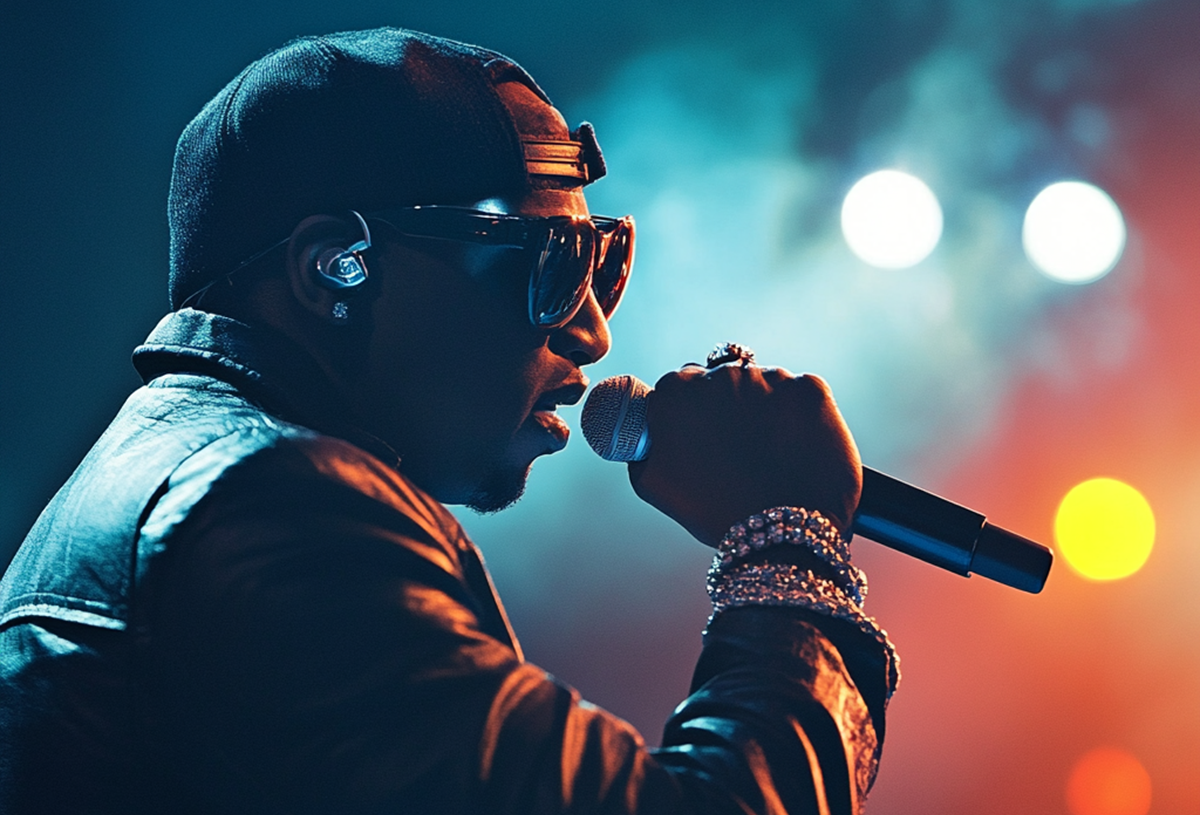Hip-hop has always been about innovation, but today’s artists are taking things to a whole new level. From bending vocal tones to inventing unpredictable flows, the new wave of MCs is pushing boundaries in ways that keep fans guessing and the culture evolving. Let’s break down how these creative shifts are shaping the sound of hip-hop right now.
How Flow and Delivery Are Being Reinvented
If you listen to the hottest tracks of the past year, it’s clear: the classic boom-bap cadence isn’t the only game in town anymore. Artists like Doja Cat, Baby Keem, and Lil Uzi Vert are experimenting with melody, syncopation, and even vocal distortion. The result? Flows that zig when you expect them to zag, and deliveries that feel more like a conversation than a performance.
This isn’t just about rapping fast or slow—it’s about using the voice as an instrument, with all the range and texture that implies. The new school is blending influences from R&B, punk, and even electronic music, making every verse a playground for vocal creativity. For fans, this means every drop is a surprise, and for up-and-coming artists, the message is clear: originality is king. The detailed examination of hip-hop’s role in shaping contemporary cultural trends and community identity highlights how these innovations are more than just musical—they’re cultural statements, reflecting the genre’s restless drive to stay ahead of the curve.
Digital Platforms Shape Global Influence
The digital era has cracked hip-hop wide open, making it easier than ever for artists to experiment and for fans to discover new sounds. Streaming platforms, social media, and online collaborations have blurred the lines between local scenes and global trends. Now, a rapper in Atlanta can pick up on a drill beat from London, or a producer in Seoul can flip a classic New York sample.
This cross-pollination is fueling the evolution of vocal tone and flow, as artists borrow, remix, and reimagine styles from around the world. As hip-hop fans explore a variety of online platforms for entertainment and information, an offshore betting site guide becomes a helpful resource for those interested in navigating international online betting safely, reflecting the genre’s growing engagement with global digital culture. With so much happening online, it’s no wonder that today’s MCs are more experimental than ever—after all, the whole world is listening, and the pressure to stand out has never been higher.
Culture and Community Drive Creative Risks
What’s driving this wave of innovation? At its core, hip-hop has always been about more than just music—it’s a platform for storytelling, self-expression, and community building. The willingness to take creative risks is part of the culture’s DNA. From the earliest days of block parties to the viral challenges of today, artists have used their voices to connect, provoke, and inspire.
This spirit of experimentation isn’t just about chasing trends; it’s about pushing the culture forward and staying true to hip-hop’s roots in authenticity and originality. As artists break new ground with their vocal styles, they’re also influencing how fans engage with music and with each other. For a deeper look at how these shifts impact communities, the research on hip-hop’s influence on urban economic development and cultural empowerment offers valuable insights. Whether it’s through innovative flows or bold new tones, today’s hip-hop is a testament to the genre’s enduring power to reinvent itself—and to keep the conversation going, both on and off the mic.
